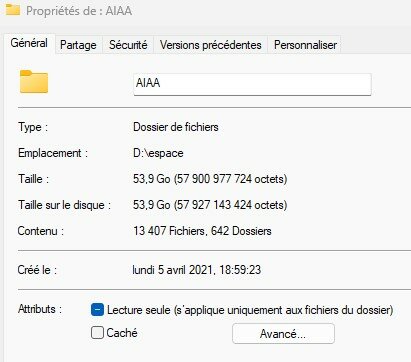I am currently returning home after 3+ days in the French military archives at Châtellerault. I have been able to check all 25 ordered documents and the archivist was even kind enough to take the time to bring an additional three on Wednesday.
Rest of the week and subsequent free time will have to be spent on curating the 2000+ pictures taken. In great majority text. The subject was 1935-1940 French tank development. Here is a summary of the findings in the meantime:
- Char G1 program: I have found previously never-seen plans of the Lorraine (dimensional and front hull only), BDR (complete, 1937 and May 1938) and Renault (complete, October 1938) designs, which massively differ from their internet depictions, and in a rather positive way. There are some descriptions sometimes. The most surprising case however is that of a July 1939 Fouga proposal, which went from possibly the worst offering in 1937-38 to an actually very promising design in 1939...but shortly before the mobilisation which suspended all G1s bar the Renault.
The Fouga offering namely includes a powerpack (the engine, gearbox, steerong clutches and radiators can be removed in one block) and a flat 8 450hp gasoline engine.
- A document explaining the ARL optimized armored vehicle engine specification created in May 1939. This program formalized what achievable optimized tank engines should look like. There are 4 categories: 50hp 4-cylinder inline engine for tankettes, 120-160 hp 6-cylinder inline for light tanks, 340-410 hp V12 for medium tanks, 550-700 hp engine for heavy tanks. The specification would lead to engines with minimal fuel consumption, much more compact than existing designs, and considerably more reliable.
Comparison of these hypothetical engines to other WW2 engines show that they are generally much better than the designs of minor countries or adaptations of old aircraft/truck engines, and still hold well compared to some mid-late war designs. Naturally this was more a basis for developments but the manufacturers were free to achieve most goals with the compromises they can do.
The 340hp engine segment was mostly aimed at replacing the 250hp Hispano-Suiza on the ARL V 39 SPG. ARL contacted basically all French engine manufacturers, and I found out about 3 developments related to this spec:
- a fuel injected 340hp V12 from Brandt, achieving even lower fuel consumption and displacement
- a carburetted 340 hp V12 from Talbot, the V400, with option to retune to 380hp with higher fuel consumption. This likely led to the V450 intended in Char B40 and originally considered for ARL 44.
- the Renault 350/360 hp V12 for B1 Ter (and G1R before Louis Renault went for a 6-cyl inline). It turns out, as I predicted, that they also made a 6-cyl inline 175/180 hp for the Renault DAC 1 infantry tank AND a 120 hp 4-cyl for light tanks. Per other quotes from ARL, the V12 also did 400/420hp.
- Details on the ARL 5 light tank turret. This was a 1939/1940 design for a 40mm-thick stamped turret with a 37mm SA 38 gun (ARL 5A), and a cast or stamped 50/60mm thick turret with the possibility to use either the 37 SA 38 or 47 SA 35 (ARL 5B). The 5A seems to have been pushed heavily as an extremely mass-producible turret to make 600 turrets /month, to relieve the casting industry for other purposes than light tank turrets (like more hulls).
- Details on the Char D2 flamethrower variant. Curiously, it was suggested to replace its worn out 150hp engine with more compact 200 hp Somua V8 or 250 hp Hispano V12, as its transmission could take the torque of a 300 hp engine!
- Docs on defects/upgrades for various French tanks. A lot of it was just discussions on joints, broken parts and stuff, but there were still some highlights such as:
- all Somua engine spares were to shift to the uprated 220hp version for S40, meaning the S35s would receive it as well.
- intercoms were IMMINENT for all tanks
- some details on Renault R35 engine upgrades and a plan of the revised front armor layout to meet updated requirements
- trials of a 115 hp Delahaye engine to replace the Hotchkiss engine on the H39s in late 1939, apparently for reliability reasons. It ran excellently and the ARL deplored the fact Delahaye wasn't working on tank engines.
- various B1 Bis trials with assemblies from the B1 Ter, to possibly apply in production before the B1 Ter itself enters service
- A Citroen 300hp diesel engind for B1 in 1938...abandonned because Citroen didn't have the personnel to do it and was in trouble.


